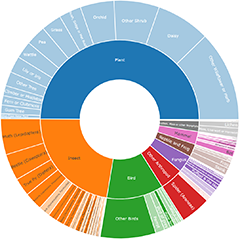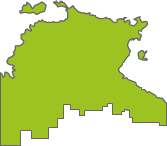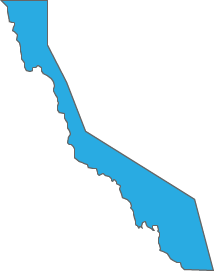Announcements
Hello NatureMaprsAs we move into the cooler months and sighting counts begin to wind down our team has been working tirelessly to ensure our platform’s usability and performance. All merch has been po...
Continue reading
Improvements to data import tool (coming soon)
NatureMapr welcomes Edgar McNamara
Platform wide attribute changes
New Feature: Moderator Quick Responses!
Discussion
Oechalia schellenbergii
Macropus giganteus
It appears it was misidentified over the years and several versions have been placed under, inusitata, celsalis and munroei. However the original Phalaena annulata Fabricius, 1794 is under celsalis as the name was occupied by Phalaena annulate Schulze, 1775, a Geometrid. Palpita celsalis is from Sri Lanka and S. India
Palpita austrannulata (A Crambid moth (Spilomelinae))
Significant sightings
- Araujia sericifera at Kambah, ACT
- Aporocera rufescens at Rendezvous Creek, ACT
- Polygonum plebeium at Goulburn, NSW
- Berberis vulgaris at Campbell, ACT
- Asparagus asparagoides at Ainslie, ACT
- Arundo donax at Campbell, ACT
- Proteuxoa sp. 3 (MoV, Part 9) at Harrison, ACT
- Androchela newmannaria at Crowther, NSW
- Ventopelita leucocheilus
- Tinocallis ulmiparvifoliae at Melba, ACT
Recent activity
Macropus giganteus at Watson, ACT
Crataegus monogyna at Watson, ACT
Crataegus monogyna at Watson, ACT
Crataegus monogyna at Watson, ACT
Nassella trichotoma at Watson, ACT
Nassella trichotoma at Watson, ACT
Nassella trichotoma at Watson, ACT
Top contributors
- AlisonMilton 16.1K
- trevorpreston 15.5K
- Hejor1 12.5K
- Tapirlord 11.5K
- MichaelBedingfield 10.7K
- RodDeb 10.2K
- Mike 9.9K
- kasiaaus 9.6K
- ConBoekel 8.7K
- KylieWaldon 8.2K
Top moderators
- MichaelMulvaney 55.9K
- Tapirlord 39.1K
- MichaelBedingfield 21.9K
- Liam.m 19.5K
- donhe 17.4K
- natureguy 15.6K
- ibaird 14.7K
- AlisonMilton 10.7K
- MatthewFrawley 10.2K
- BettyDonWood 8.2K
Explore Australia by region
Australian Capital Territory
Canberra & Southern TablelandsNew South Wales
Southern HighlandsAlbury, Wodonga
Canberra & Southern Tablelands
South Coast
Greater Sydney
Hunter Region
Central West NSW
Riverina Murray
New England
Far West New South Wales
New South Wales North Coast
Northern Territory
Top End and Big RiversCentral and Barkley
































![Unverified Cap on a stem; gills below cap [mushrooms or mushroom-like] at Macquarie, ACT - Yesterday by Jennybach Unverified Cap on a stem; gills below cap [mushrooms or mushroom-like] at Macquarie, ACT - Yesterday by Jennybach](https://api.naturemapr.org/api/sightings/4667273/images/1?width=300&height=300)






























































































































































